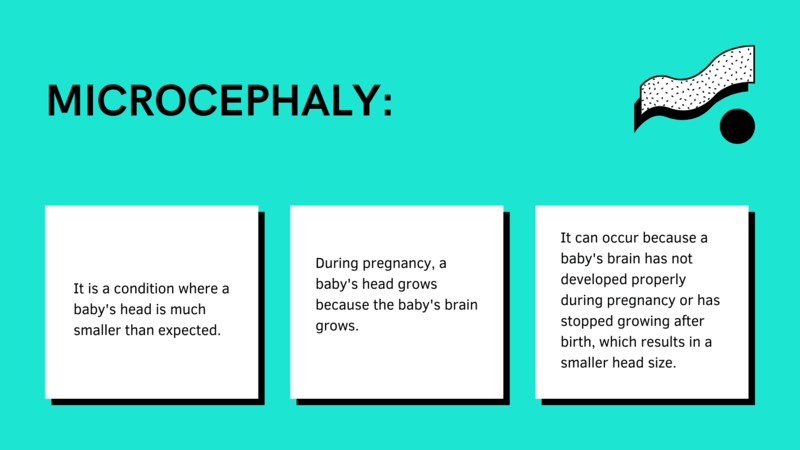News Excerpt:
Genomic studies are opening new windows into understanding the complex interaction of Zika and dengue viruses’ infections.
About Zika virus:
- Zika is spread mostly by the bite of an infected Aedes species mosquito (Ae. aegypti and Ae. albopictus), which thrive in tropical areas.
-
Researchers isolated the virus in 1947 from monkeys from the Zika forest in Uganda. The first human cases were detected in 1952 in Uganda and Tanzania.
-
Most infections in humans are asymptomatic or with mild symptoms, including fever, rash, and joint pain.
-
No vaccine is currently available.
-
From Africa, the Zika virus has now spread to Asia, the Pacific islands, the Americas, and beyond.
-
The Zika virus became notorious during the 2015-2018 outbreak that swept through the Americas.
-
The outbreak was characterized by an alarming increase in the number of microcephaly cases in newborns.
-
It prompted the World Health Organisation to declare it a public health emergency of international concern in early 2016.
-
There have been multiple outbreaks in the last few years in multiple Indian states, including, more recently, in Kerala and Karnataka.
Epidemiology and surveillance:
-
Genomic studies have suggested that the Zika virus has two lineages: African and Asian.
-
The Zika virus has an RNA genome, and thus a very high potential to accumulate mutations.
-
As per the study, Zika virus infection can significantly increase the risk for severe dengue.
-
Researchers found a large cohort of people in Nicaragua to both Zika and DENV one after the other.
Zika and Microcephaly:
-
The small heads of children born to infected mothers have been one of the more alarming complications of a Zika virus infection.
-
Not all but only a subset of the relevant pregnancies resulted in microcephaly.
-
These findings underscore the importance of the viral load and DENV (Dengue Virus) infections for the occurrence of microcephaly.

Conclusion:
As climate change helps drive the spread of vector borne diseases, and global warming brings environmental conditions that favour them to new places. Thus, genomic technologies and such deep insights into these viruses will be an important guiding light.
Prelims PYQ
Q. Consider the following statements: (UPSC 2017)
- In tropical regions, Zika virus disease is transmitted by the same mosquito that transmits dengue.
- Sexual transmission of Zika virus disease is possible.
Which of the statements given above is/are correct?
(a) 1 only
(b) 2 only
(c) Both 1 and 2
(d) Neither 1 nor 2
